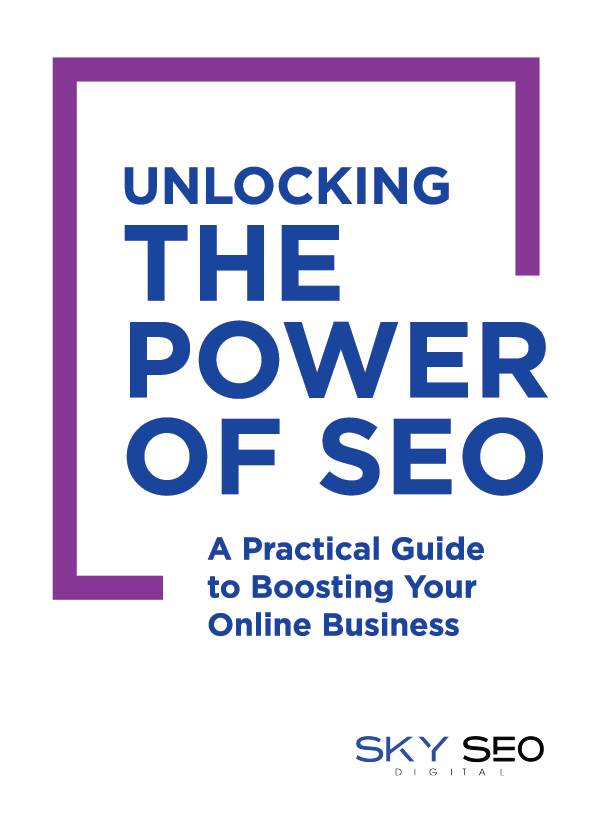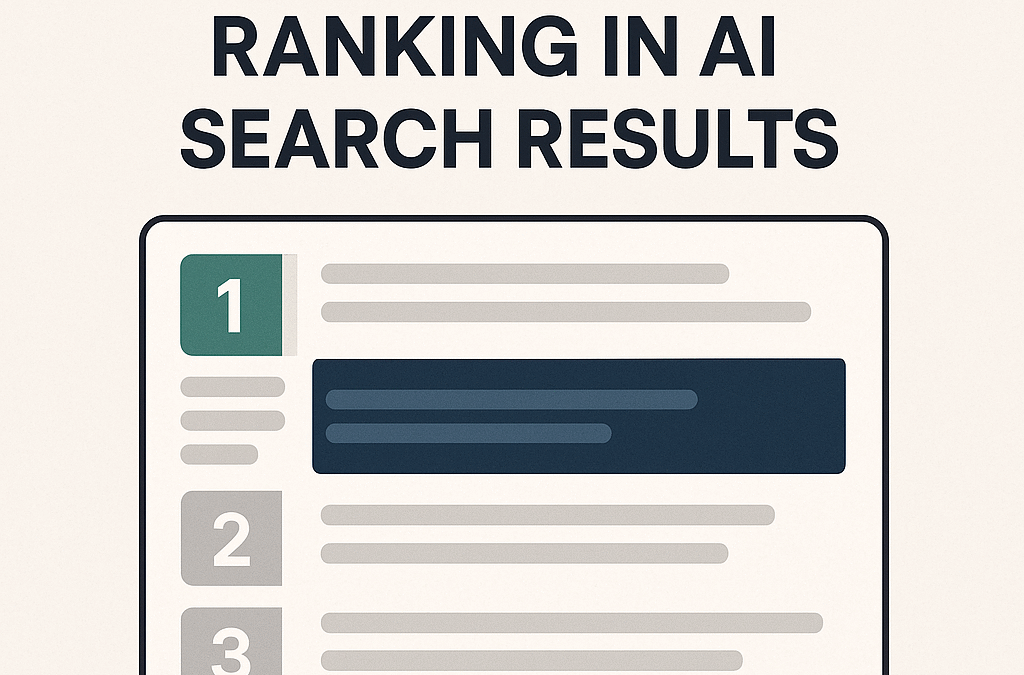Digital marketing has become an essential component of any successful business strategy in today’s world. With the ever-increasing use of the internet and social media, it has become necessary to have a comprehensive digital marketing plan in place to reach and engage with potential customers.
From search engine optimization (SEO) to social media marketing and email campaigns, there are various tactics that businesses can use to boost their online presence and drive traffic to their websites.
This guide aims to provide an overview of the different aspects of digital marketing and offer practical tips and strategies for businesses looking to improve their online marketing efforts.
Search Engine Optimization (SEO)
SEO is the process of optimizing your website to rank higher in search engine results pages (SERPs) for specific keywords or phrases. Here are some key SEO strategies to help you get started:
- Keyword Research: Keyword research is the foundation of successful SEO. It involves identifying the words and phrases your target audience is searching for to find your products or services. Use tools like Google Keyword Planner, SEMrush, or Ahrefs to find the right keywords.
- On-page Optimization: Once you have identified the target keywords, optimize your website pages for those keywords. Include them in the page titles, meta descriptions, headers, and body content. However, avoid keyword stuffing, which can harm your website’s ranking.
- Technical SEO: Ensure that your website is technically optimized to provide a good user experience and facilitate search engine crawling. Some technical SEO elements to consider include having a fast loading speed, mobile-friendliness, and a secure HTTPS connection.
- Content Creation: Publishing high-quality, informative content regularly is essential for SEO success. It helps to keep your website fresh and provide value to your audience. Consider creating blog posts, infographics, videos, and other content formats that align with your target audience’s interests.
- Link Building: Link building involves getting other websites to link back to your website. It’s a crucial factor in search engine ranking because search engines consider high-quality backlinks as a vote of confidence in your website’s authority. Some effective link building tactics include guest blogging, broken link building, and creating valuable content that other websites want to link to.
Search Engine Marketing (SEM)
SEM involves paid advertising on search engines like Google or Bing. Here are some key SEM strategies to help you get started:
- Keyword Research: Use the same keyword research tactics as for SEO to identify the right keywords to target in your ads.
- Ad Creation: Create compelling ads that target the keywords you’ve identified. Use persuasive language and include a clear call-to-action (CTA) to encourage clicks.
- Landing Page Optimization: Ensure that your landing pages are optimized for the keywords you’re targeting and provide a seamless experience from the ad to the landing page. Use a clear headline, compelling copy, and a prominent CTA.
- Budget Management: Set a budget for your SEM campaigns and monitor your spending regularly to ensure you’re getting a good return on investment (ROI). Consider using bid management tools like Google Ads automated bidding to optimize your ad spend.
- Ad Testing: Test different ad variations to identify what works best for your audience. Test different headlines, ad copy, and images to optimize your ad performance.
Social Media Marketing
Social media marketing involves promoting your business on various social media platforms, such as Facebook, Instagram, Twitter, LinkedIn, and more. Here are some key social media marketing strategies to help you get started:
- Audience Research: Conduct audience research to identify which social media platforms your target audience uses and what type of content they engage with. Use tools like Facebook Insights, Instagram Insights, or Twitter Analytics to gather insights about your audience.
- Content Creation: Create engaging content that resonates with your target audience. Use a mix of images, videos, and text to keep your audience engaged. Consider using social media scheduling tools like Hootsuite or Buffer to help you plan and publish your content.
- Community Management: Engage with your audience by responding to comments, messages, and mentions. Use social listening tools like Hootsuite Insights or Sprout Social to monitor your brand mentions and respond to customer inquiries promptly.
- Influencer Marketing: Collaborate with social media influencers to reach a wider audience and increase your brand awareness.
Email Marketing
Email marketing involves sending targeted and personalized emails to your subscribers with the goal of nurturing relationships, promoting products or services, and driving conversions. Here are some key email marketing strategies to help you get started:
- List Building: Build a quality email list by offering valuable content or incentives in exchange for email addresses. Consider using lead magnets such as ebooks, webinars, or discount codes to encourage sign-ups.
- Segmentation: Segment your email list based on various criteria such as demographics, interests, behavior, or stage in the sales funnel. Use segmentation to personalize your emails and make them more relevant to your subscribers.
- Email Design: Design visually appealing and mobile-responsive emails that align with your brand identity. Use clear and concise copy, compelling images, and a prominent CTA to encourage clicks.
- Automation: Use email automation to save time and send targeted messages based on triggers such as sign-ups, purchases, or website behavior. Consider using tools like Mailchimp or HubSpot to create and manage your email campaigns.
Web Design
Web design is the process of creating visually appealing and user-friendly websites that attract and retain visitors. Here are some key web design strategies to help you get started:
- User Experience: Prioritize user experience by ensuring that your website has easy navigation, fast loading speed, and intuitive design. Use tools like Google Analytics to track user behavior and optimize your website accordingly.
- Responsive Design: Ensure that your website is responsive and looks great on all devices, including desktops, laptops, tablets, and smartphones. Use tools like Responsive Design Checker to test your website’s responsiveness.
- Visual Design: Use visually appealing elements such as high-quality images, videos, and graphics to make your website stand out. Use colors, fonts, and layout that align with your brand identity.
- Conversion Optimization: Use persuasive design elements such as clear calls-to-action, easy checkout process, and trust badges to increase conversions. Use A/B testing tools like Google Optimize to test different design variations and optimize your website for conversions.
Recent Innovations in Digital Marketing
The digital marketing industry is constantly evolving, and new technologies and trends emerge every year. Here are some recent innovations in digital marketing that you should be aware of:
- Artificial Intelligence (AI): AI is being used in digital marketing to automate tasks such as audience segmentation, ad targeting, and chatbots. AI-powered tools like Phrasee or Persado are helping marketers to create more effective ad copy and email subject lines.
- Voice Search Optimization: With the rise of smart speakers like Amazon Alexa and Google Home, voice search optimization has become a crucial aspect of SEO. Businesses are optimizing their content and websites for voice search queries to reach more potential customers.
- Video Marketing: Video marketing is becoming more popular, with platforms like YouTube and TikTok attracting millions of users. Businesses are using video to showcase their products, services, and brand personality. Live streaming and 360-degree videos are also gaining popularity.
- Augmented Reality (AR) and Virtual Reality (VR): AR and VR technologies are being used in digital marketing to provide immersive experiences and help customers visualize products in real-time. Businesses are using AR and VR in areas such as product demos, virtual showrooms, and interactive ads.
Crucial to Success
Digital marketing is a crucial aspect of business success in today’s online world. By implementing the right strategies for SEO, SEM, social media marketing, email marketing, and web design, you can attract more customers, increase engagement, and drive conversions. Keep up with the latest trends and innovations in the industry to stay ahead of the competition and achieve your business goals.









